
The vestibular system is a complex network of sensors within the inner ear and the brain that helps an animal maintain balance, and thus remain upright while walking, standing, or sitting. Most animals have a vestibular system, including humans. This delicate system can be disrupted by many things, leading to difficulty with balance.
Vestibular disease tends to strike dogs suddenly, and with very noticeable symptoms. The dog may be dizzy and falling over to one side. The head and eyes may be in an unusual position. The dog may be vomiting as well. These signs are consistent with vestibular dysfunction, which often heals on its own, depending on the cause.
Vestibular disease occurs when there is a problem with the vestibular system. The vestibular system is a part of the nervous system that controls balance and eye movements. It includes the inner ear, the brainstem, a part of the brain called the vestibulocerebellum, and a cranial nerve in that area called the vestibulocochlear nerve. The vestibular system enables animals (including humans) to maintain balance and orient themselves according to head position. It also allows their eyes to follow movement without getting dizzy.
If one or more of these areas becomes impaired, the dog will exhibit signs of vertigo—a sensation that the room is spinning—and is considered to have some form of vestibular dysfunction. You might also hear this disorder referred to as "old dog vestibular disorder," as it most often strikes older dogs, although it can at times affect young dogs as well.
Most dogs with vestibular dysfunction will first appear clumsy and disoriented. This is because they experience vertigo due to the problem in the vestibular system. Often, the symptoms start quite suddenly. Vestibular disease is sometimes misinterpreted as a stroke, but this is not the usual cause. Common symptoms include:
Commonly, dogs with vestibular disease feel quite dizzy. This generally shows as staggering, walking in circles, inability to walk in a straight line, or wobbling. Your dog might not want to stand or walk at all, or might try to walk but fall over. A head tilt is common, and you'll notice that your dog drifts in the same direction as the head tilt when walking. The dizziness might cause your dog to vomit. If you look closely, you'll probably notice that your dog's eyes are moving quickly back and forth or up and down; this is called nystagmus.
Vestibular dysfunction occurs when there is a disturbance in the vestibular system. The problem may originate in the inner ear, the brain, or both. There are several possible reasons why this might happen.
Your veterinarian will perform a full physical examination of your dog and probably will also draw blood and urine samples to check for signs of systemic disease or dysfunction. X-rays of your dog's head may be ordered to check for tumors or structural abnormalities. Your own description of your dog's symptoms will also be helpful.
If all tests are normal, and especially if your dog is a senior, the diagnosis may be idiopathic vestibular syndrome, which is the most common form of this disorder.
Treatment options for vestibular disease depend on the reason for the problem.
In the case of idiopathic vestibular syndrome, treatment involves supportive care until the signs resolve on their own. Most dogs recover from the worst of the symptoms within a couple of days, although full recovery can take months, and for some dogs, the head tilt is permanent. Anti-vertigo medications like meclizine are often prescribed along with anti-nausea drugs. The treatment is similar if the cause of the vestibular dysfunction was a stroke or vascular accident.
Dogs that have experienced trauma to the vestibular system may improve with supportive care (like those with idiopathic vestibular syndrome). Some are candidates for surgery to repair the damage. Hospitalization with intensive care may be needed during recovery.
If the vestibular disease is secondary to hypothyroidism, the vet will begin thyroid supplementation. Supportive care may be needed at first until the medication begins to work.
If the dog has an inner or middle ear infection, then the treatment may involve topical ear medications and/or oral medications to eradicate the source of the infections (often bacteria and/or yeast overgrowth). Dogs may have debris in the ears that must be removed under general anesthesia.
Tumors and cysts are usually diagnosed after advanced imaging like CT or MRI. In some cases, surgery can be done to remove the tumor or cyst. If a cancerous tumor is present, chemotherapy and/or radiation may be recommended.
The prognosis for dogs with idiopathic vestibular disease is good, as most recover fully within days to months. For dogs with other causes of vestibular dysfunction, the prognosis depends on how well that condition can be treated. Hypothyroidism and ear infections, for example, are easily treated with medications, but dogs with strokes, tumors, or severe trauma have poorer outcomes.
Unfortunately, there is no sure way to prevent vestibular problems in dogs. If your dog is prone to ear infections, then regular ear cleaning with a vet-approved cleanser can help keep ear infections from developing. Annual or biannual veterinary exams and lab tests can help your vet detect subtle changes in your dog's health before your dog develops vestibular dysfunction.
If you notice signs of vestibular disease in your dog, do not wait for it to go away. Bring your dog to the vet as soon as you can. The sooner the underlying cause (if any) is found, the faster your dog can get proper treatment.

Exploring the Different Types of Pet-Friendly Beaches
Are you looking for pet-friendly beaches? Learn about the different types of pet-friendly beaches, their locations, and tips for visiting them with your pet.
Exploring Pet-Friendly Wineries: Types, Locations, and More
Discover the different types of pet-friendly wineries, where to find them, and what to expect when you visit. Learn more with The Spruce Pets.
Why Is My Dog’s Eye Swollen?
If your dog's eye is swollen, she may need veterinary attention. The inflammation could be caused by allergies, an injury, or even a tumor.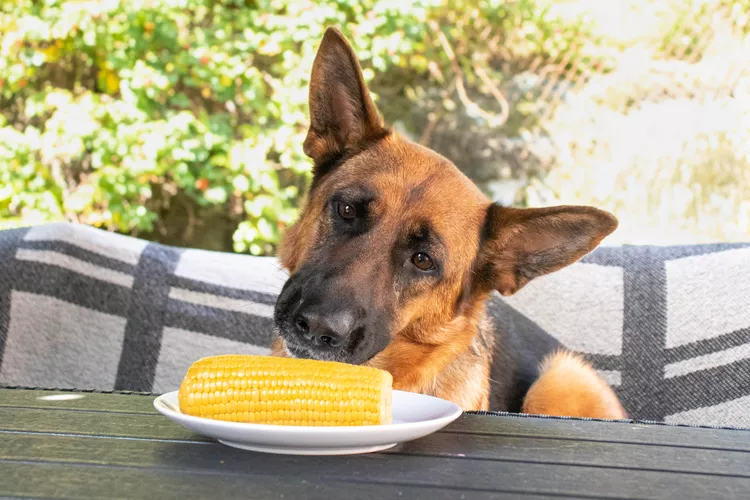
Can Dogs Eat Corn on the Cob?
Dogs love chewing on corn cobs, but this can cause serious harm. Learn about the dangers of corn cobs and find out what to do if your dog eats one.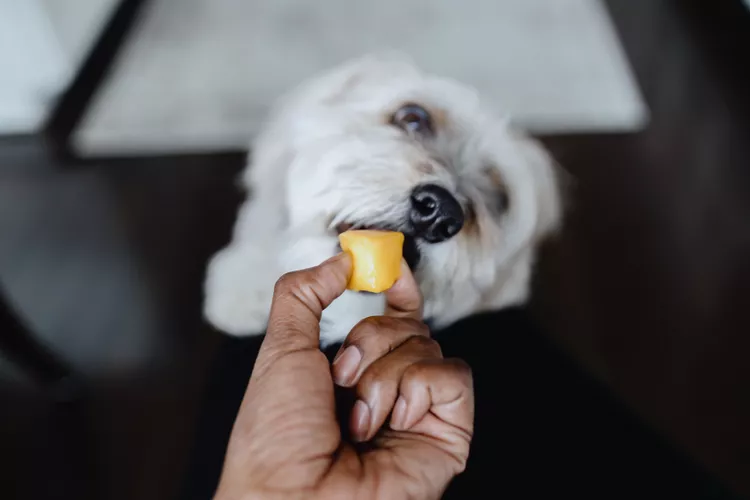
Can Dogs Eat Papaya? What to Know About Sharing This Tropical Fruit With Your Pup
Papaya is safe for dogs in moderation, and it can even provide some nutritional value for them. However, too much can cause digestive upset, and it's not suitable to share with dogs with certain health conditions.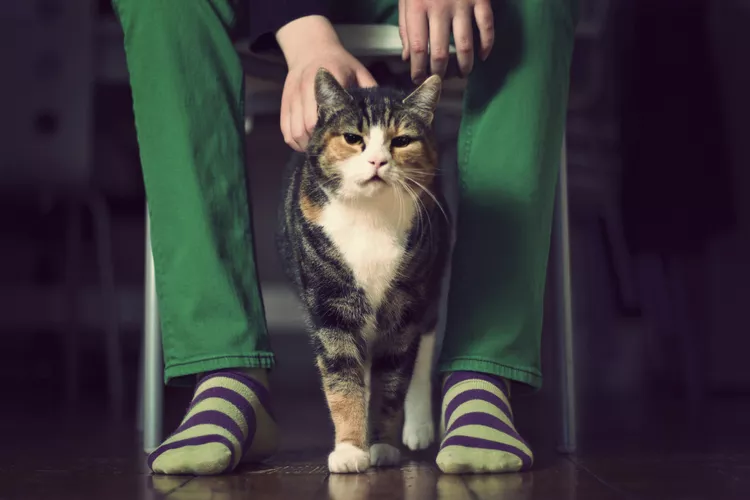
65 Irish Cat Names
Irish cat names can pay homage to historical places, local cuisine, famous Irish actors and musicians, or other wonderful aspects of the Emerald Isle.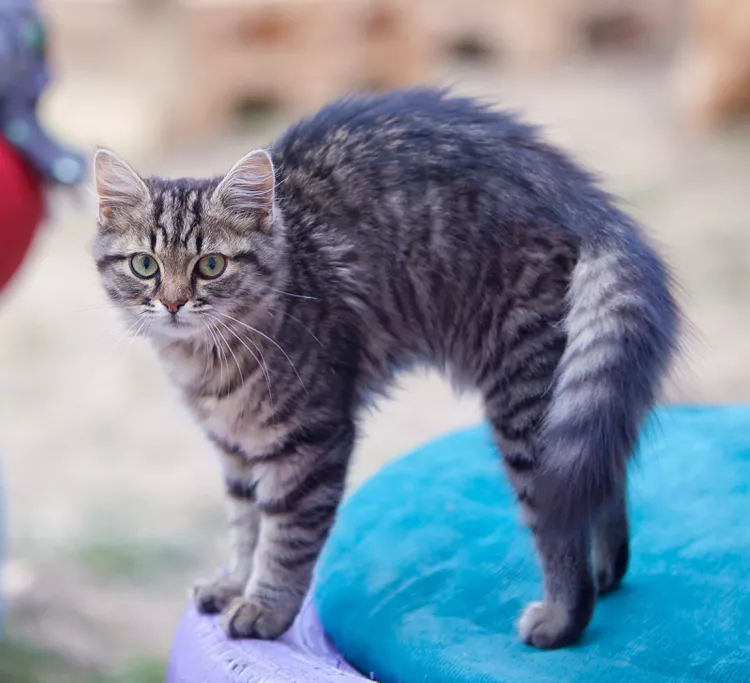
Feline Hyperesthesia Syndrome (FHS) in Cats
Rippling skin is more than dermal sensitivity in cats. It can be a sign of Feline Hyperesthesia Syndrome. Learn the causes, treatment, and prevention.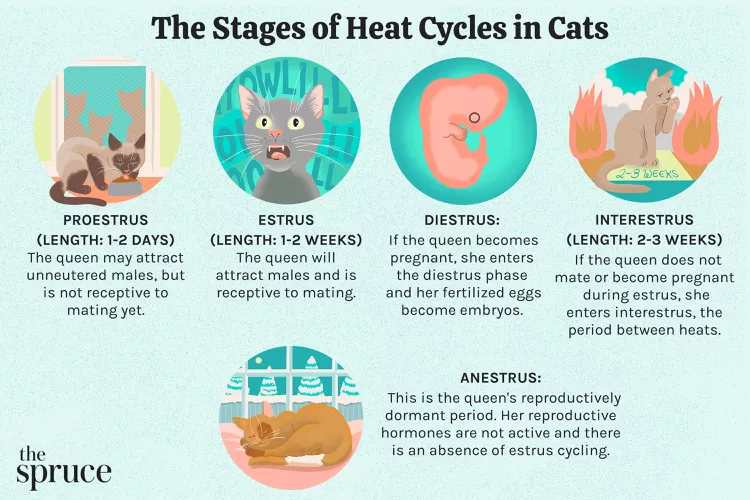
How Long Are Cats in Heat?
How long are cats in heat? Learn about the heat cycles of cats, also called estrus, as well as the reasons you should spay your cat.
Can Dogs Eat Raw Chicken Feet?
What are the potential health benefits of chicken feet for dogs? What are the risks?
Is Eucalyptus Safe for Cats?
Many products containing eucalyptus are not safe for cats, and it is important to be aware of the risks to your cat.
What You Need to Know About Homemade Cat Food
If you want to cook for your cat, make sure to read about the risks associated with homemade diets for cats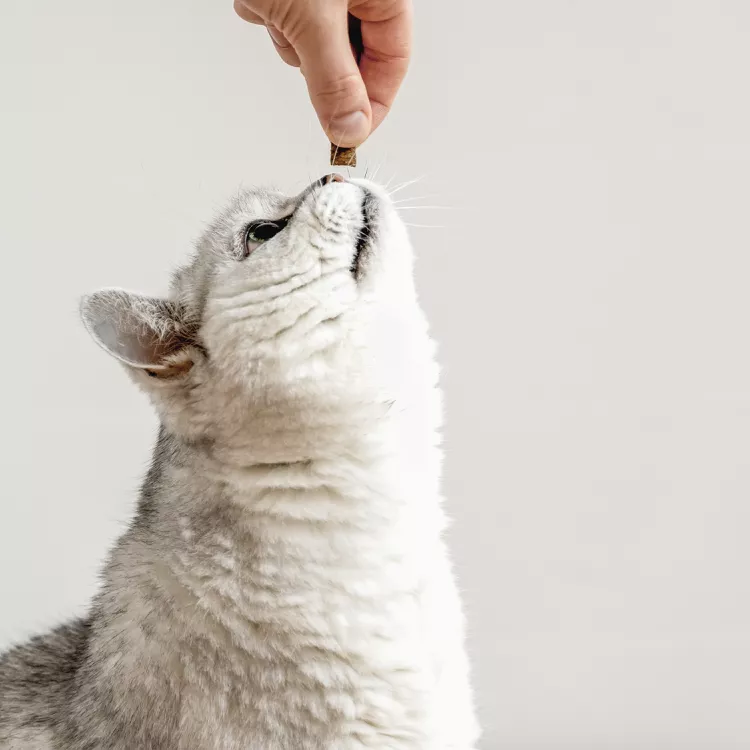
Can Cats Eat Peanut Butter?
Peanut butter is not toxic to cats, but it might not be the best choice of treat for them.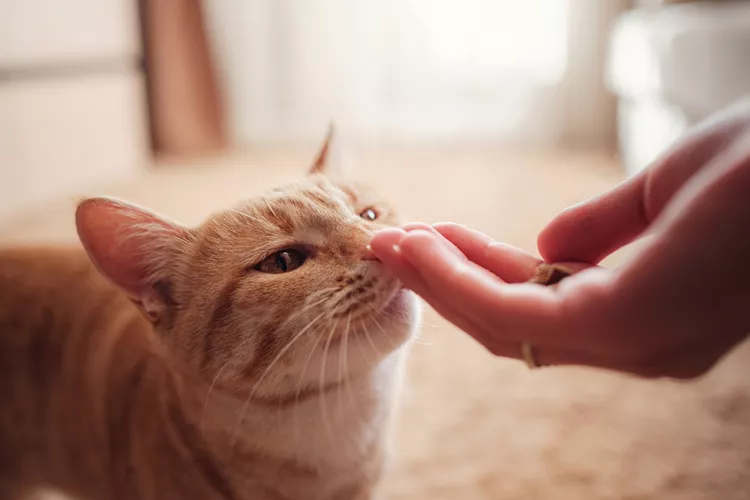
Can Cats Eat Cheese?
Can cats eat cheese? Is it healthy for them? How much can they eat and what should you do if you fear your cat has eaten too much cheese?
8 Flat-Faced Cats with the Cutest Smooshed Faces
These flat-faced cat breeds have a distinct and adorable appearance. Learn about their origins and traits, and the potential health risks tied to their unique facial structures.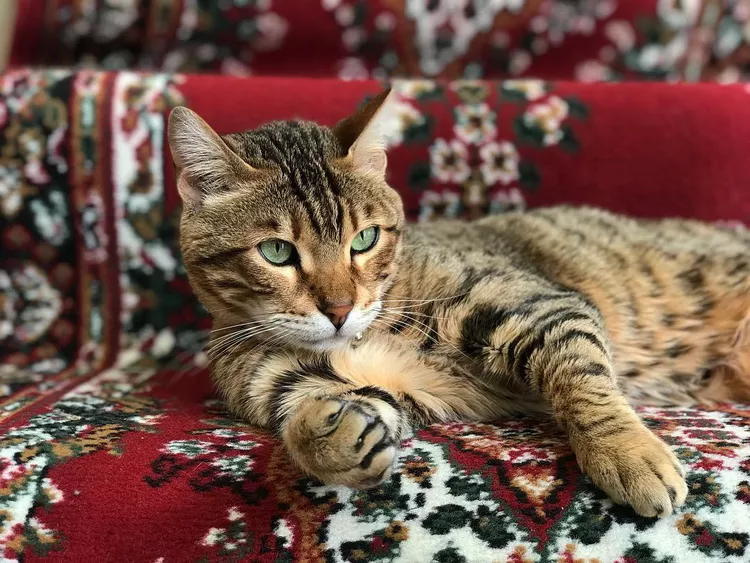
Pictures and Facts About Bengal Cats and Kittens
Bengal cats are a cross between wild cats and domestic cats. Learn more about what they look like and pictures of this beautiful spotted breed.
Top 10 Big House Cats
Larger cat breeds, like Maine coons and savannahs, deserve just as much love as their petite counterparts. These big house cats tip the scales.
Cairn Terrier: Dog Breed Characteristics & Care
The cairn terrier is a spunky, affectionate, and intelligent dog from Scotland. The breed became famous when one played Toto in The Wizard of Oz. Learn about the temperament, history, health, and care needs of the cairn terrier dog breed.
Reasons Why Dogs Grind Their Teeth
Some dogs grind their teeth. Learn why dogs grind their teeth and if it can be harmful. Find out what to do about teeth grinding in dogs.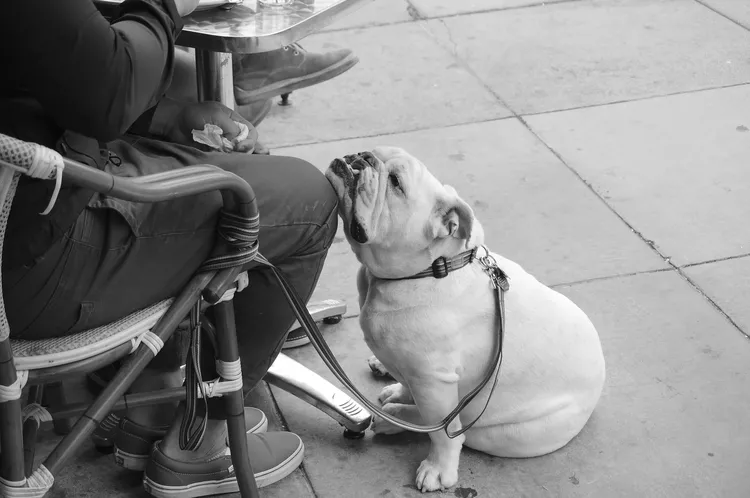
This Is Why Some Dogs Lean on People
Certain dogs really love leaning on their humans. What does this mean? Find out why dogs lean on people and if this is ever a problem.
Can Dogs Get Depression? How to Help Your Sad Dog
Can dogs get depression? Learn about the signs of depression in dogs and find out how to help your sad dog.